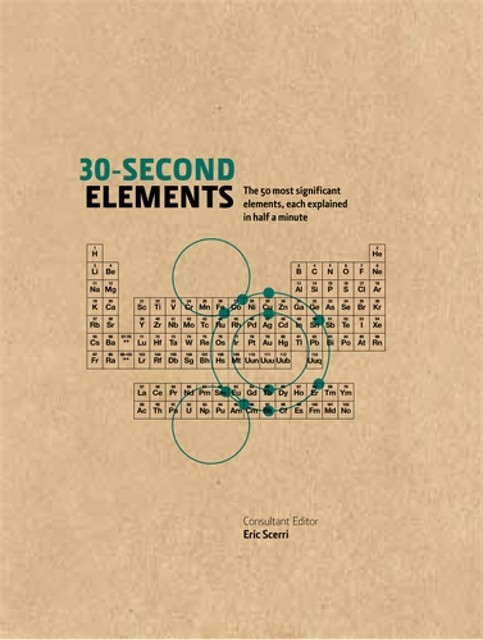30-Second Elements
183 паперові сторінки
- Правовласник
- Bookwire
- Дата публікації оригіналу
- 2013
- Рік виходу видання
- 2013
- Видавництво
- Icon Books
Цитати
- Emilijaцитує2 місяці томуOne of the remaining uses of lead is in car batteries. Invented in 1859, the lead-acid battery is relatively cheap and can deliver the high current needed to start an engine. When the battery discharges, electrodes immersed in sulphuric acid are converted to lead sulfate. Charging reverses the process. If the lead sulphate rests for too long, it begins to form crystals, and recharging becomes difficult – this is why it is important to maintain the charge.
- Emilijaцитує2 місяці томуIron colours the surface of Mars, the ‘red planet’,
- Emilijaцитує2 місяці томуSteel is iron mixed with a little carbon, which makes it harder.
fb2epub
Перетягніть файли сюди,
не більш ніж 5 за один раз


